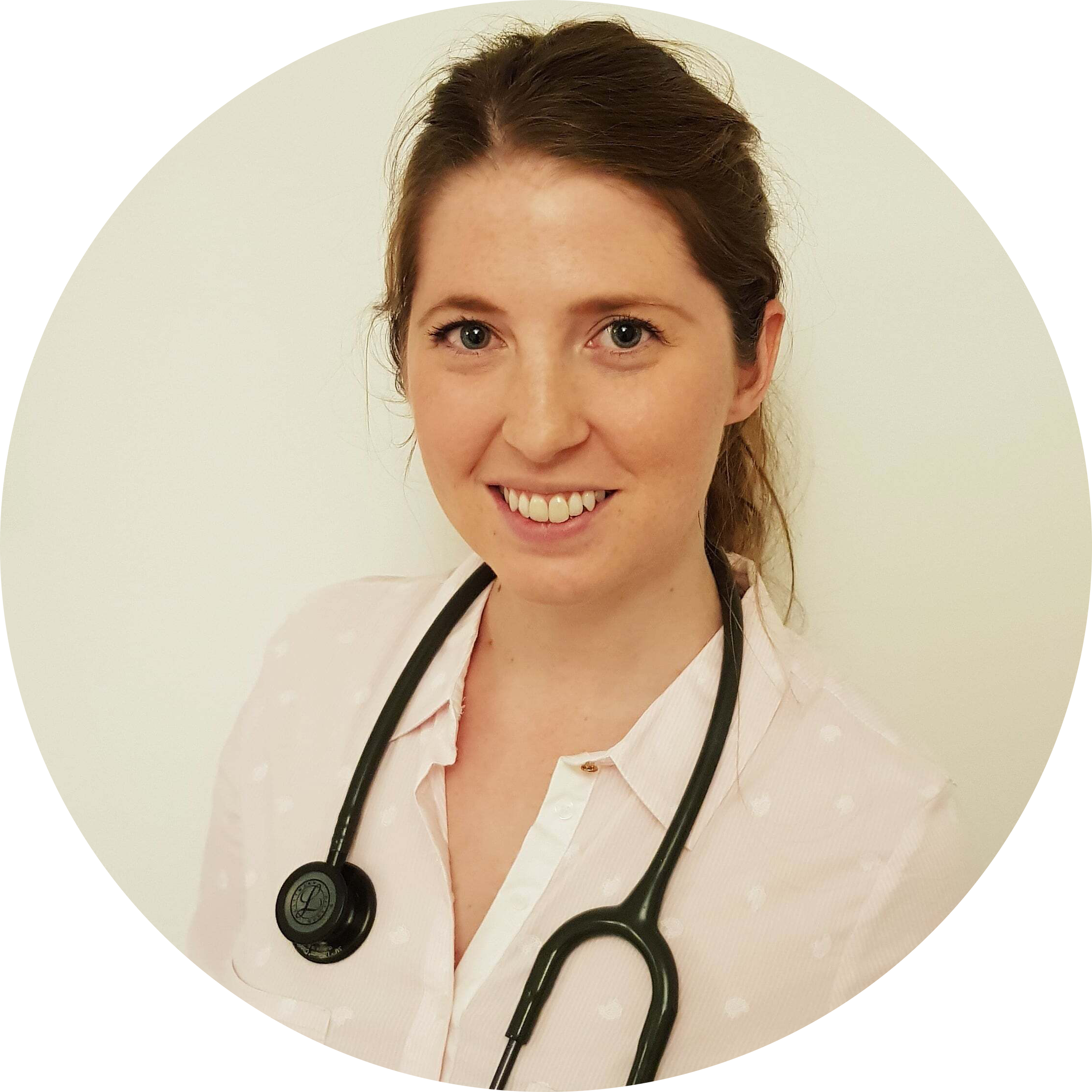Heart attack
Reviewed by:
Dr Rhianna McClymont
, Lead GP at Livi
A heart attack happens when the blood supply to the heart is suddenly blocked. Read on to find out what to do in this kind of medical emergency.

What is a heart attack?
A heart attack (also called a myocardial infarction or MI) happens when the blood supply to the heart is suddenly blocked. This is often caused by a blood clot.
When there’s a short supply of blood and oxygen to your heart, it can cause serious damage and may even be life threatening if the heart is so damaged that it stops beating (called cardiac arrest). It’s important to contact the emergency services straight away if you think that you, or someone else, is having a heart attack.
Signs of a heart attack
Heart attack symptoms affect people differently and don’t always cause severe pain. A combination of these symptoms could be a sign that someone’s having a heart attack:
Chest pain – The severity can differ a lot. For some it’s an intense pain that feels like the chest is being squeezed or restricted. For others (especially women) it can be less severe and feel more like indigestion
Pain that ‘travels’ from the chest to other parts of the body – like the arms, neck, back and jaw
Panic and anxiety
Coughing and wheezing
Being short of breath
Feeling sick
Sweating
What to do if you suspect a heart attack
A heart attack is a medical emergency and it’s important that you get help immediately. Follow these steps:
Call 999 and ask for an ambulance
Rest while you’re waiting and try to keep calm
If you have any aspirin and you aren’t allergic to it, take 300mg while you wait for the ambulance. This will help to improve the blood flow to your heart by thinning your blood
Heart attack causes
Heart attacks are usually caused by coronary heart disease, a condition where there’s a build-up of fatty substances (called plaques) in your coronary arteries, blocking the oxygen-rich blood supply to your heart.
If one of these plaques bursts, a blood clot can form and block the blood supply to the heart. This can, in turn, trigger a heart attack.
Other less common causes of heart attack include:
Taking drugs – drugs such as cocaine, amphetamines (speed) and methamphetamines (crystal meth) can narrow the coronary arteries and limit the blood supply.
Lack of oxygen in the blood – the medical term for this is hypoxia. It means that unoxygenated blood gets into the heart and damages the heart muscles.
Risk factors
Risk factors that you can’t control that increase your chance of having a heart attack are:
Older age
If you’ve previously had a heart attack
A family history of heart disease
Reducing your risk of a heart attack
Certain lifestyle factors will increase your risk of a heart attack and making the following simple changes can help to lower your chances of having one:
Ensure your diet is healthy and low in saturated fats
Stay physically active
Get your body mass index (BMI) checked and lose weight if you’re overweight or obese
Take measures to control high blood pressure, high cholesterol and diabetes, which all increase the risk of a heart attack
Heart attack diagnosis
An electrocardiogram (ECG) will be done as soon as possible to confirm if you’ve had a heart attack and to determine which type you had.
This is a quick and painless test that records your heart’s activity.
Treatment for heart attack
The treatment you have will depend on the type of heart attack and how severe it was. Many people need emergency treatment to restore blood flow to the heart and reduce the risk of permanent heart damage or even death.
Emergency treatment includes:
Coronary angioplasty – using a metal tube (stent) to open the blocked coronary artery
Thrombolysis – medicine to dissolve the blood clot
Coronary bypass surgery – using a blood vessel from another part of the body to bypass the blocked artery and restore blood flow
You may need to stay in hospital for several days after having a heart attack to rest and recover.
Recovery from a heart attack
It’s often possible to make a successful recovery from a heart attack, but it can take time and patience.
Long-term treatment for heart attacks often involves mental and physical support from a multidisciplinary team that includes nurses, physiotherapists and dieticians. You may need to continue taking statins indefinitely, to help control blood cholesterol levels.
Cardiac rehabilitation is often an important part of the recovery process.
The aim of cardiac rehabilitation is to help you make changes to your lifestyle to improve your health and reduce the risk of heart problems in the future. It usually starts when you’re in hospital and continues when you get home. You’ll have assessments to monitor your health and get advice and information on how to live a healthy lifestyle.
Depending on the kind of job you do, it’s usually possible to return to work after a heart attack. Your care team will monitor your progress and the state of your heart and give more detailed advice on when you can get back to work.
- Reviewed by:
 Dr Rhianna McClymont, Lead GP at Livi
Dr Rhianna McClymont, Lead GP at Livi
